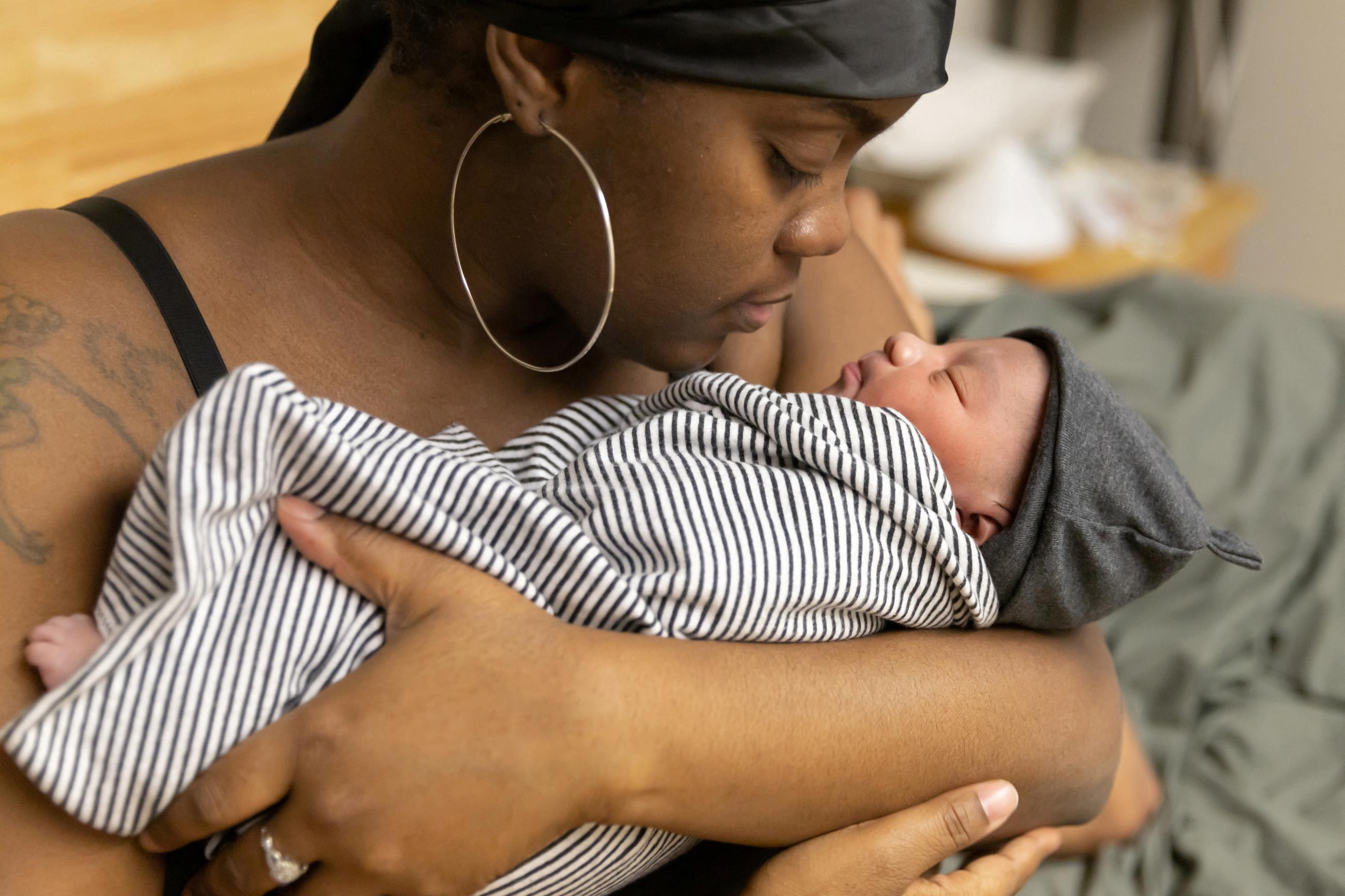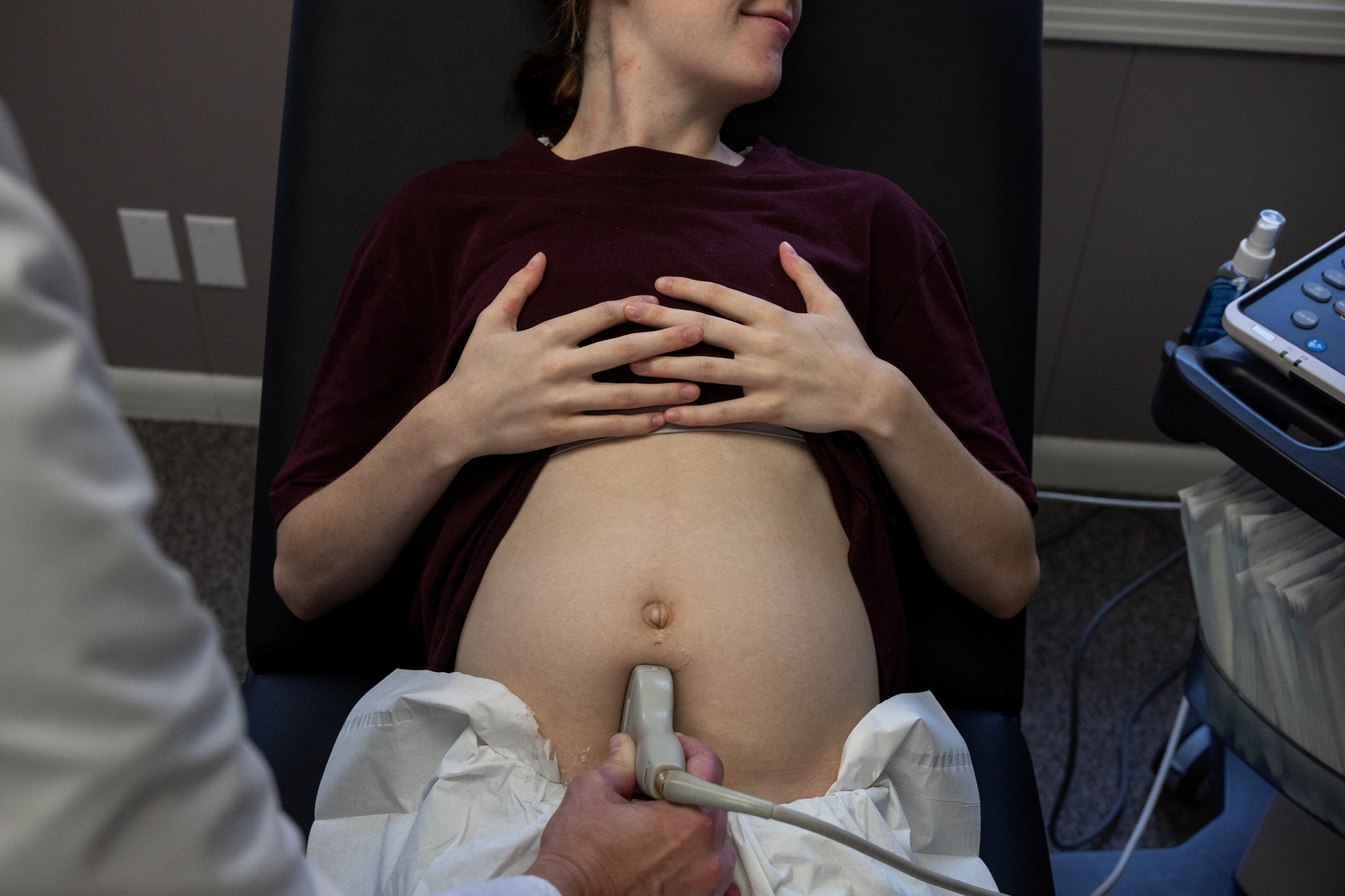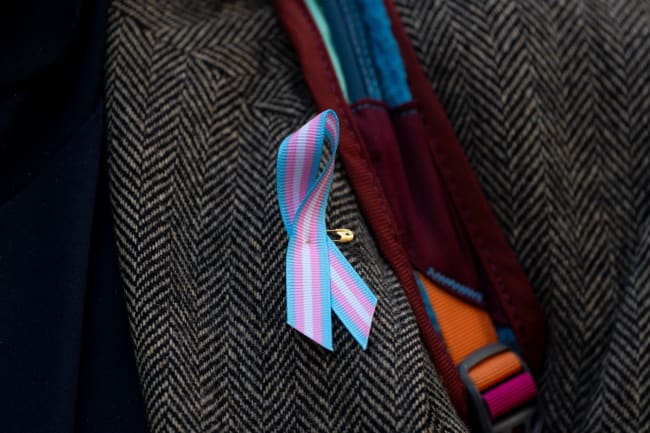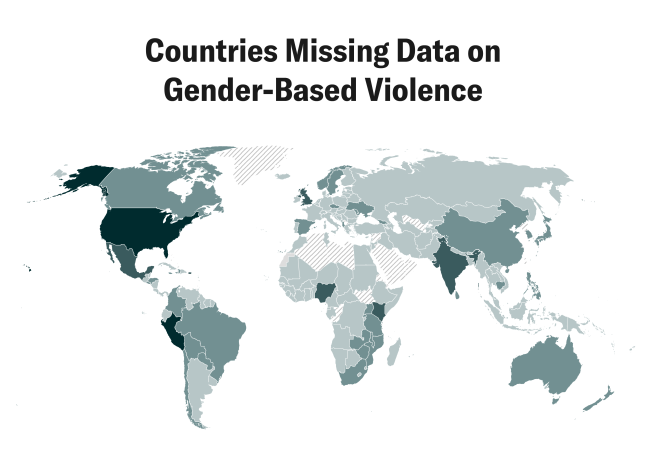In the United States, the number of women living in maternity care deserts—counties with no hospitals, birth centers, or obstetric providers—is increasing. Between 2011 and 2021, 267 rural hospitals quit providing obstetric services.
Women in the South face some of the greatest challenges in accessing care and have the highest rates of maternal mortality. In Mississippi, 51% of counties are considered maternity care deserts, the highest among southern states, and 24% of women live more than 30 minutes from a birthing hospital.
To increase access to prenatal care, the state implemented a law on July 1 to provide 60 days of presumptive eligibility Medicaid coverage for pregnant people while their Medicaid applications are considered—and extended Medicaid coverage to one year postpartum.
Yet the challenge of finding a provider remains. Freestanding birth centers, which offer care for low-risk pregnancies outside a hospital setting, are one tool to address this shortage.
Typically, birth centers are staffed by certified nurse midwives, who are advanced practice providers trained to work independently. The midwives provide holistic care and assist birthing people through labor and delivery without medical and pharmaceutical intervention, transferring patients to a hospital if an emergency arises. The number of birth centers has increased to more than 400 nationwide in the last decade, yet a patchwork of state regulations has hindered the growth of these facilities in the South, where maternal mortality rates are the highest in the country.
Mississippi has no freestanding birth centers, and in the state's race for U.S. senator, Ty Pinkins, who is challenging incumbent Roger Wicker, has named access to affordable health care a central issue.
Yet multiple pieces of state legislation to address the maternity care shortage failed to advance in the spring. Proposed legislation to relax the certificate of need requirements for these facilities died in conference in April. The certificate of need is a process in which planned health facilities, including birth centers, provide detailed documentation, typically hundreds of pages, to the State Department of Health to demonstrate that the location and size of the facility fits the needs of the population.
Integrating Birth Centers and Midwives Into Maternity Care
Getty Israel, CEO of Sisters in Birth, a women's health clinic in Jackson, Mississippi, sees an opportunity to improve maternal health through freestanding birth centers and midwifery care. Israel is raising funds to open the state's first freestanding birth center and says that the midwifery model of care—which emphasizes wellness through a healthy diet, exercise, and a provider-patient partnership—would address the chronic illnesses that lead to maternal morbidity and mortality.
Freestanding birth centers, which offer care for low-risk pregnancies outside a hospital setting, are one tool to address this shortage
In addition to a lack of access to care, Mississippi residents face increased risk of pregnancy complications because of high rates of chronic conditions such as diabetes and high blood pressure. The state has the highest prevalence of both conditions among all U.S. states. Between 2018 and 2022, Mississippi recorded 39 maternal deaths per 100,000 live births, the second highest rate among U.S. states. The nation averaged 23 deaths per 100,000 live births in the same period, the highest among high-income countries. Rates of maternal death among Black women were 2.5 times those of white women in 2022.
"The birth center would be a place where the nurse midwife could fully practice providing preconception (care). That's very crucial because so many women are unhealthy before they become pregnant," Israel says.
Mississippi does not allow certified nurse midwives, who have graduate level education, to admit and discharge patients from the hospital. This prevents them from practicing to the full scope of their training, says Janice Scaggs, a certified nurse midwife at the University of Mississippi Medical Center who is working to integrate nurse-midwifery into obstetrics and gynecology education at the hospital. A certified nurse midwife could care for a patient throughout pregnancy at a clinic or birth center but would not be allowed to deliver the baby in a hospital.
The state also requires certified nurse midwives to sign a collaborative practice agreement with a physician who consents to providing consultation, Scaggs says. Data from the American College of Nurse Midwives shows that 31 states and the District of Columbia allow certified nurse midwives to practice autonomously.
A Mississippi House bill to remove the collaborative practice agreement for certified nurse midwives died in committee in March. During the same period, the state's House and Senate considered bills to establish licensing of midwives. Those died in committee as well.
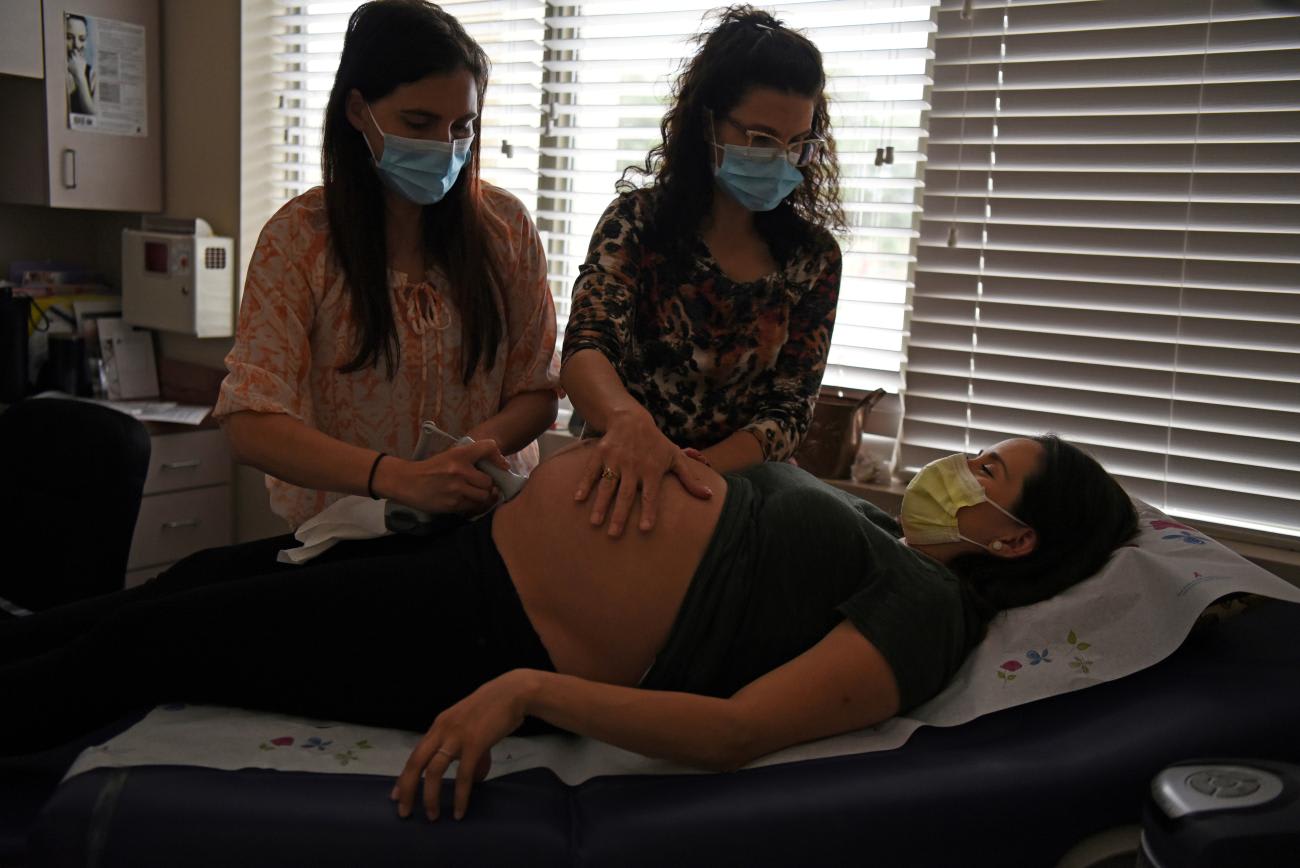
Freestanding birth centers must have a written transfer agreement with a hospital within a 30-minute distance in the event that a birthing person develops complications that require medical intervention such as a C-section. This requirement varies by state and is often impossible for rural health facilities to meet. Federal law requires that emergency departments accept, screen, and stabilize people in active labor.
Israel says the facility licensing requirements, along with lower state Medicaid reimbursement rates for midwives than for physicians providing the same care, make it difficult to establish and sustain a birth center and have led to a lack of practicing midwives in Mississippi. In addition, when birth centers transfer a patient with complications to a hospital for delivery, they receive less reimbursement.
Israel explains, "Lack of money is an obstacle. The collaborative practice agreement is an obstacle, depending on where you live. And the other issue is the certificate of need for some states." She adds, "We need federal protection."
Rachel Hardeman, Blue Cross Endowed Professor of Health and Racial Equity at the University of Minnesota, notes that birth centers provide a spectrum of care not adequately addressed by the insurance system. It includes longer appointments so that midwives can establish a trusting relationship with the patient and offer support for breastfeeding, postpartum home visits, and infant care.
Research on Birth Center Safety
Most research has shown this time-intensive model results in outcomes similar to or better than those in hospitals for low-risk pregnancies. A systematic review of birth centers in high-income countries, including the United States, finds that birth center patients had nearly twice the odds of a vaginal delivery as hospital patients and no difference in negative outcomes for mothers and babies. An evaluation of birth centers in the United States shows that Black women experienced lower rates of preterm births, low birthweight babies, and cesarean deliveries than Black women who received care in hospitals.
Research findings on infant outcomes have been mixed. One study shows a fourfold increase in neonatal deaths among infants delivered at birth centers relative to infants delivered by midwives in hospitals. Another finds no significant difference in outcomes between those settings.
Limitations of Birth Centers
Birth centers only serve people with low-risk pregnancies, but complications are always possible, and birth centers cannot be expected to completely fill the void left by hospital closures, Hardeman explains.
Increasing the number of birth centers and midwives will require education of the public and policymakers
"When emergencies arise, having a transfer protocol in place with labor and delivery units at hospitals is very important," Hardeman says. Advocating for more birth centers without creating a plan to address the shortage of rural hospitals and obstetric providers could exacerbate the current inequities by causing birth centers to open only in areas that already have plentiful health care, she adds.
Scaggs agrees, "In general, just putting birth centers throughout the state and areas where there are deserts, and there aren't OB/GYN providers, becomes difficult for a high-risk population."
Still, Scaggs says midwives can provide invaluable care in rural areas, in part by providing in-person consultation to patients during telehealth visits with doctors. Patients with high-risk pregnancies may need to meet with a specialist once a week or more for monitoring but live far from that care.
Hardeman views birth centers and midwives as critical components to addressing maternal mortality, especially among Black women, given the lack of obstetric and gynecologic providers in many areas. Increasing the number of birth centers and midwives will require education of the public and policymakers, Hardeman says.
"People don't know what a freestanding birth center is and what it does; they don't know what midwifery is," Hardeman remarks. "I think we still have a lot of work to do to educate folks on how and why it is a safe—and really, I think, important—opportunity to consider during pregnancy and childbirth and beyond."
